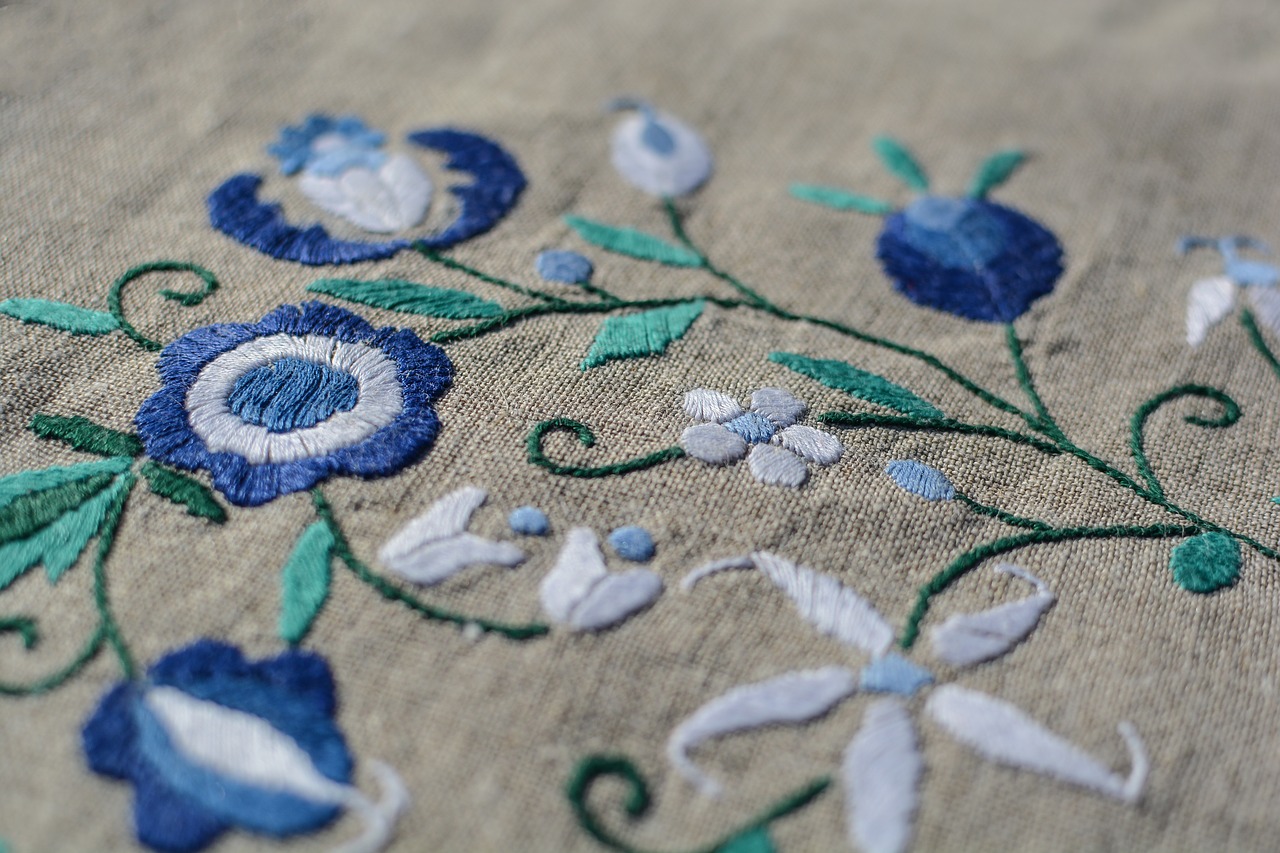Well before the 5th of April, 1942, when the Japanese flew planes over Colombo, creating a panic that emptied houses, the owners of which promptly left the city and sought refuge in the ‘out-stations’, my father had an air-raid shelter built in the garden of my Grandfather’s house in Colombo.
This was modelled, as I understand, on the Anderson shelter developed in Britain, but was on a much grander scale. The Anderson shelter was intended to receive six persons; but my father’s was built and equipped to receive over twenty, since there were three households he wished to protect (my Uncle’s, my Aunt’s, and our own).
He had been appointed an Air Raid Warden, a role he thoroughly enjoyed. Typically, he applied himself to his duties with much more energy and enthusiasm than he expended on his official Government job as an officer in the Agricultural Department of Britain-ruled Sri Lanka (then Ceylon). With the wartime job went a tin hat and the duty of patrolling the neighbourhood after dark, making sure that no chink of light was visible in any part of it that might attract Japanese attention.
As soon as the air raid sirens began to whine, my father was out and about, dragging protesting relatives out of their beds in their dressing gowns, sarongs and pyjamas, sending them down the shelter’s concrete steps, and taking a head-count to make sure no one had been forgotten. He had taken thought as to what would keep them content to remain there, and we children were delighted to find that my father’s idea of ‘essential supplies’ included Cadbury’s chocolates in their red, blue and silver wrappers, and board games which included Ludo and Snakes and Ladders.
After some weeks of these alarms and excursions, Grandpapa protested. Bombs or no bombs, he valued his night’s rest, and refused to participate in his younger son’s air-raid shelter activities: when the sirens sounded, he ignored them and slept on, in his comfortable bed.
As matters turned out, the Japanese did not destroy Colombo. To everybody’s surprise, they turned their planes around and left, a circumstance that devout Buddhists in Sri Lanka have always attributed to protective rays emanating from the Dalada Maligawa in Kandy.
No such protection was available to the country when the tsunami struck on Boxing Day (26 December) 2004. And no such protection has yet appeared to help us survive the Corona Virus which is currently ravaging the world around us. If we Sri Lankans are waiting and hoping that our luck will hold, as it seems to have done in 1942, it is more than possible that we will be disappointed. There is still room for surprise, of course.
And at the very least, even while news bulletins and the social media bring us daily evidence that politicians are no longer to be trusted, and that our educated fellow-citizens are capable of placing us and themselves at risk (whether through ignorance or wilful indifference), we are also aware that lessons are being learned every day which will, hopefully, outlast the danger we are facing together.
Social distancing is a difficult exercise for people who express their natural affections through touch, but it is an exercise that must become second nature to us all. Fear induces a kind of paralysis in even the most active people: and yet that paralysis has to be countered, and creative activity has to take its place.
During the last few days of self-isolation, I have become encouraged by the realisation that the internet (which I generally ignore) can be a most useful assistant in both these endeavours.
Social distancing becomes a pleasure when we realise that favourite books and favourite movies are freely available to us through such initiatives as Project Gutenberg and Youtube. They replace the voices of friends and neighbours (now temporarily lost to us) with the voices of the past, reminding us of situations that once made us smile, helping us make discoveries about texts that we overlooked at our first reading.
Creative activity – cross-stitch, in my case – has developed in a most unexpected way. I had thought that needlework was a lonely activity, but I have discovered that it is not: there is a world of skilled embroiderers out there (most of them women, but not all). Hundreds of miles apart, these people share their work, advise on matters ranging from materials to methods, and consider it a privilege to do so.
It is evident, from what they say, that they have made friends in the world of stitchery: people who share this creative interest, and are ensuring, through their exquisite work, that an ancient art form is not lost to the world.
This is a time when these arts can be revived and practised anew, a refuge in an era when we find our lives and societies are again under threat.



